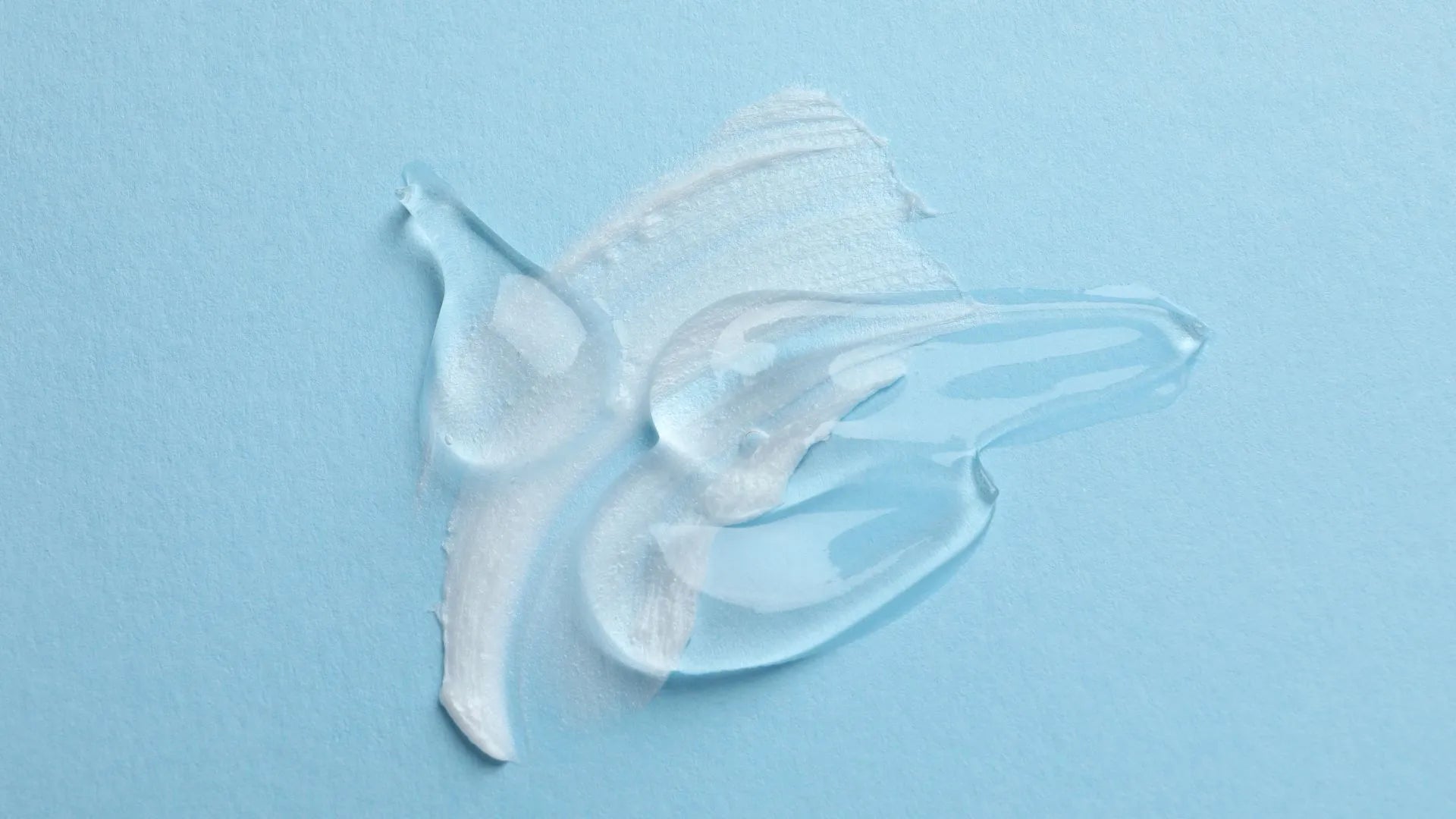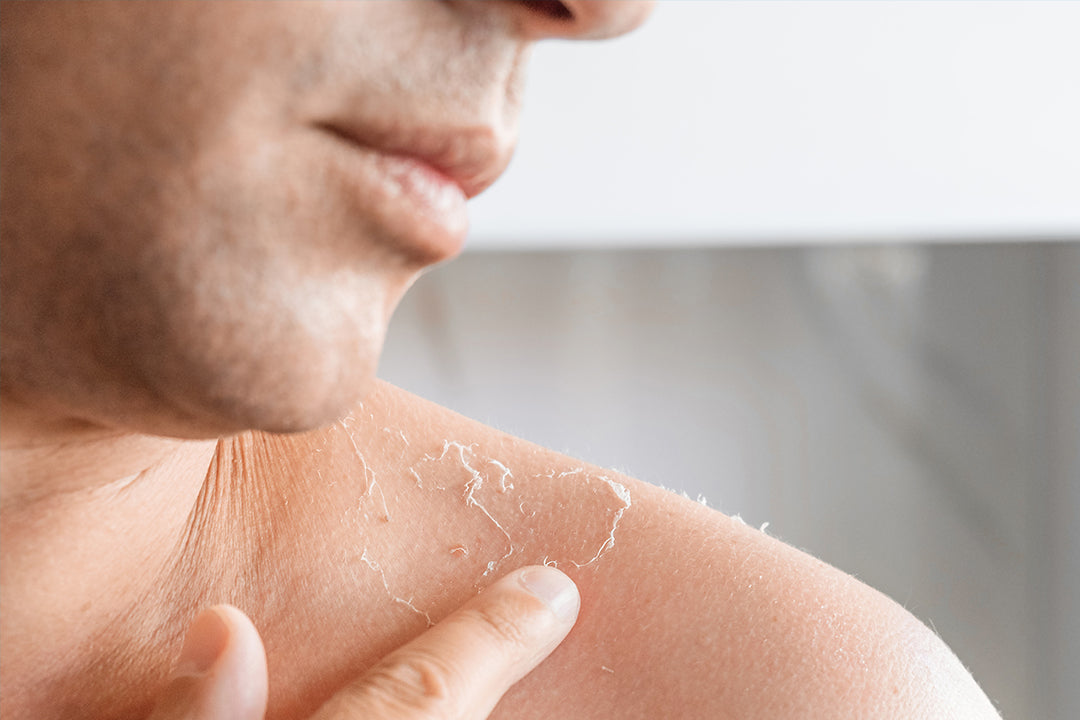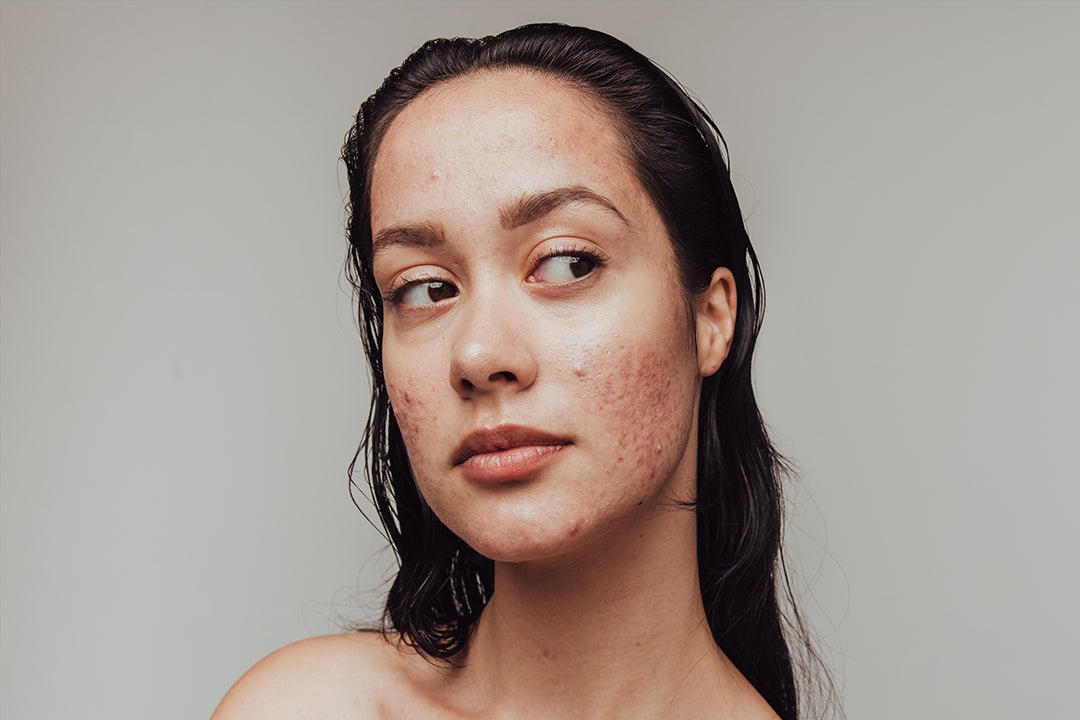Are you tired of dealing with the pesky skin condition known as seborrheic keratosis? If so, you're not alone. Many people are searching for effective solutions to remove these unwanted growths.
In this comprehensive guide, we will explore the potential of glycolic acid as a treatment for seborrheic keratosis. We'll dive into its benefits, how to use it, and what to expect during the process. So, let's get started on your journey to healthier, clearer skin!
What is Seborrheic Keratosis?
Seborrheic keratosis is a common and harmless skin condition that manifests as crusty or waxy growths on the top layer of the skin. These growths, also known as age spots or barnacles, typically appear on areas exposed to the sun, such as the face, chest, and back.
While seborrheic keratosis doesn't pose any health risks, many people choose to remove them for cosmetic reasons or to alleviate any discomfort caused by rubbing against clothing or jewelry.
Understanding Glycolic Acid
Glycolic acid is a naturally occurring alpha hydroxy acid (AHA) derived from sugarcane. It has gained popularity in skincare due to its exfoliating properties and ability to improve skin texture and tone. When applied topically, glycolic acid works by gently dissolving the outer layer of dead skin cells, revealing fresh, rejuvenated skin underneath.
As an ingredient, glycolic acid is often found in chemical peels, toners, cleansers, and serums. It is known for its ability to address various skin concerns, including acne, hyperpigmentation, and fine lines.
Can Glycolic Acid Remove Seborrheic Keratosis?
Glycolic acid can be an effective treatment option for seborrheic keratosis. Its exfoliating properties help to slough off the top layer of the growths, gradually reducing their appearance over time.
When using glycolic acid to remove seborrheic keratosis, it is important to follow a consistent skincare routine. Start by cleansing your skin with a gentle cleanser to remove any dirt or impurities. Pat your skin dry, then apply a glycolic acid toner or serum directly to the affected areas.
It is crucial to note that glycolic acid may cause mild tingling or stinging sensations, especially if you have sensitive skin. If you experience any discomfort, consider reducing the frequency of application or opting for a lower concentration of glycolic acid.
The Benefits of Using Glycolic Acid for Seborrheic Keratosis
Using glycolic acid for seborrheic keratosis offers several benefits:
- Exfoliation: Glycolic acid gently removes dead skin cells, promoting a smoother and more even skin texture.
- Reduction of Discoloration: By targeting hyperpigmentation, glycolic acid can help fade the dark spots associated with seborrheic keratosis.
- Improved Skin Tone: Regular use of glycolic acid can result in a more radiant and youthful-looking complexion.
- Boosted Collagen Production: Glycolic acid stimulates collagen synthesis, which can help improve skin elasticity and reduce the appearance of fine lines.
- Affordability and Convenience: Glycolic acid treatments can be done at home, making them a cost-effective alternative to professional procedures.
How to Incorporate Glycolic Acid into Your Skincare Routine
If you're ready to give glycolic acid a try for seborrheic keratosis, here's a step-by-step guide to incorporating it into your skincare routine:
- Cleanse: Start by cleansing your face with a gentle cleanser suitable for your skin type.
- Tone: After cleansing, apply a glycolic acid toner to prep your skin for better absorption.
- Treat: Use a glycolic acid serum or cream specifically formulated for seborrheic keratosis. Apply a thin layer to the affected areas.
- Moisturize: Follow up with a moisturizer to hydrate and protect your skin.
- Sun Protection: Apply a broad-spectrum sunscreen with an SPF of 30 or higher to shield your skin from harmful UV rays.
Remember, consistency is key when using glycolic acid. Start slowly, applying it every other day or a few times a week, and gradually increase the frequency as your skin adjusts.
What to Expect During the Treatment
When using glycolic acid to remove seborrheic keratosis, it's essential to set realistic expectations. Results may vary depending on the severity of your condition and how your skin responds to the treatment.
Initially, you may notice some mild redness or flaking as the glycolic acid starts to exfoliate your skin. This is normal and should subside within a few days. As you continue with the treatment, you should begin to see a gradual reduction in the appearance of the growths.
It's important to be patient and consistent with your skincare routine. Results may take several weeks or even months to become noticeable.
Frequently Asked Questions
Here are some commonly asked questions about using glycolic acid to remove seborrheic keratosis:
1. Can glycolic acid completely remove seborrheic keratosis?
Glycolic acid can help reduce the appearance of seborrheic keratosis, but complete removal may not be possible. It is best to consult with a dermatologist for a personalized assessment and treatment plan.
2. Are there any side effects of using glycolic acid for seborrheic keratosis?
Possible side effects include redness, irritation, and dryness. These symptoms are usually mild and temporary. If you experience severe discomfort or persistent side effects, discontinue use and consult a healthcare professional.
3. Can I use glycolic acid if I have sensitive skin?
If you have sensitive skin, it's essential to proceed with caution when using glycolic acid. Start with a lower concentration and gradually increase as tolerated. If irritation occurs, reduce the frequency of application or discontinue use.
4. Are there any alternative treatments for seborrheic keratosis?
Yes, there are alternative treatments available, such as cryotherapy (freezing), curettage (scraping), or electrosurgery. It's best to consult with a dermatologist to determine the most suitable option for your specific case.
5. Can I combine glycolic acid with other skincare ingredients?
Glycolic acid can be safely combined with other skincare ingredients like retinol, squalane, niacinamide, and salicylic acid. However, it's essential to introduce new products gradually and perform patch tests to avoid potential irritations or reactions.









